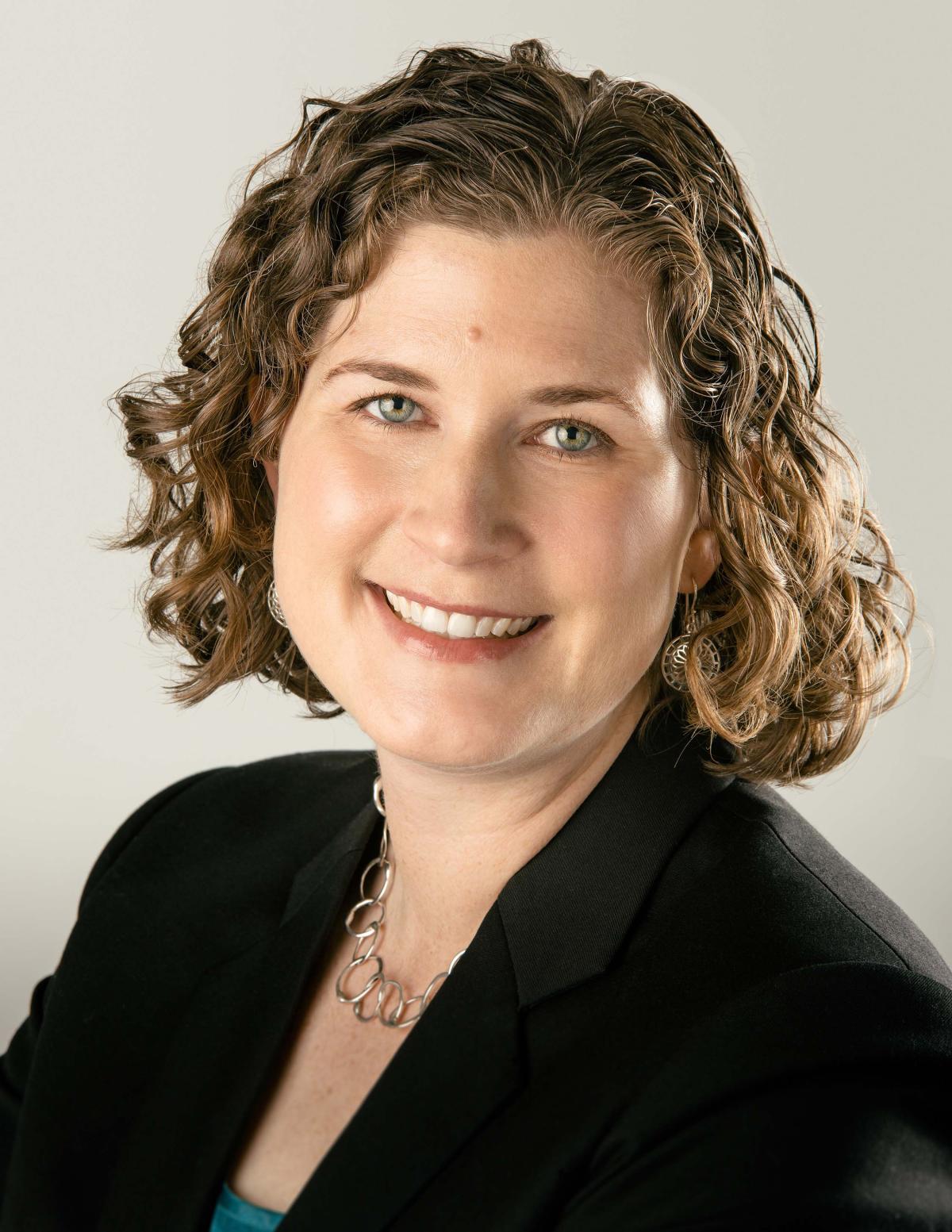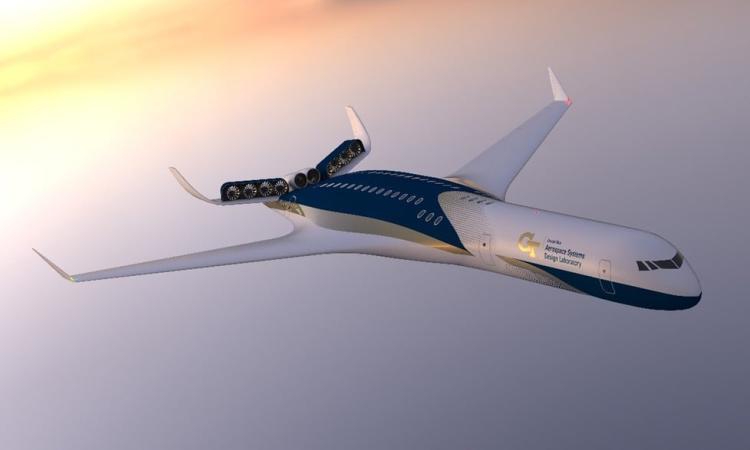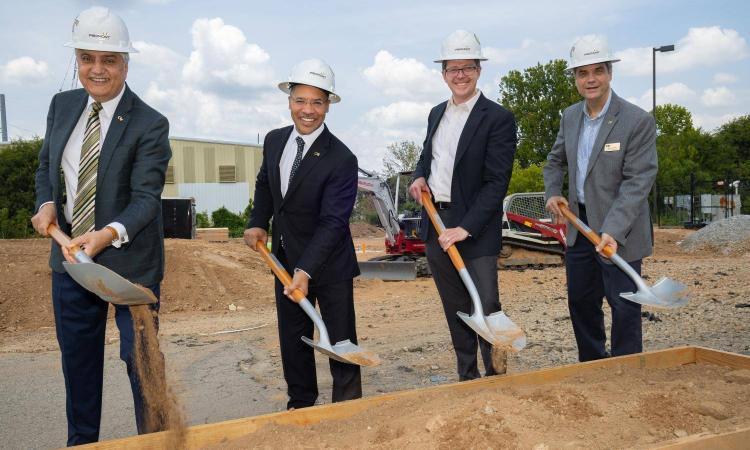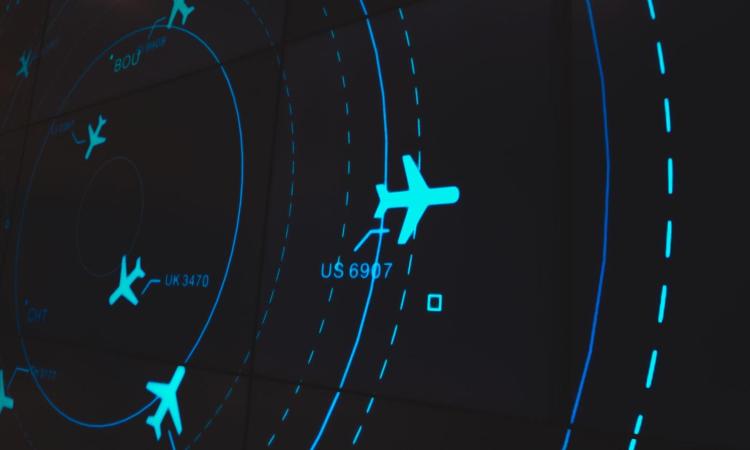Aerospace engineering professor Karen Feigh cowrote a National Academies review of a national shortage that impacts 45,000 daily commercial flights.
(text and background only visible when logged in)
A new congressionally mandated report coauthored by a Georgia Tech professor suggests that the Federal Aviation Administration (FAA) hires more air traffic controllers each year, optimizes scheduling, and offers other steps to address a nationwide shortage of the critical staffers.
Karen Feigh and the 13-person committee found that the FAA hired only about two-thirds of the controllers it projected from 2013 to 2023. Due to attrition during that time — and because hiring didn’t accelerate until 2024 — 19 of the FAA’s largest facilities have 15% fewer people managing airspace than they need.
For example, the report shows the tower at Hartsfield-Jackson Atlanta International Airport, the world’s busiest, is 17% below full staff.
The National Academies of Sciences, Engineering, and Medicine report provides guidance to the FAA about establishing appropriate staffing levels. It also suggests specific improvements in hiring, training, scheduling, and fatigue management for the FAA’s 313 facilities.
Feigh has spent nearly 20 years studying systems for air traffic control towers and human factors decision-making, among other topics. She served on the Committee on FAA Planning for Air Traffic Control Facility Staffing for more than a year, visiting various FAA facilities to talk to controllers and observe their work. The report was funded by the U.S. Department of Transportation.

What are the main reasons for the staffing shortage?
The biggest reason was insufficient hiring caused by a variety of factors, such as governmental shutdowns, budget constraints, and Covid-19.
Also, the FAA’s Controller Training Academy is limited in the number of students that it can handle every year, while also having a high failure rate among candidates.
Finally, when a new controller does graduate, short-staffed facilities often take longer to fully train them. That’s because training is on-the-job and requires a fully certified controller. When that person is training someone new, they can’t also fully control air traffic.
What impact does the shortage have on flight schedules and overall safety?
The primary impact is trading off flight volume to maintain safety. When a facility does not have sufficient staffing to handle the regular volume of air traffic, that amount of traffic may have to be reduced. This may lead to delays in certain airports or airspace.
While participating in the report, what did you personally learn that was most eye-opening?
I was surprised to learn just how few controllers the FAA is capable of training every year, and how much training time is required to bring a controller fully up to speed. It can take up to four years at the largest facilities. And then, if a controller is relocated, location-specific training must be repeated. Moving a controller between facilities often takes 12-18 months for that controller to be fully certified at the new location.
What steps does the committee suggest to close the gap and hire more air traffic controllers?
The primary one is hiring many more controllers than we have historically, while also training them faster. Another suggestion is increasing the number of controllers hired from the FAA’s Air Traffic-Collegiate Training Initiative Program, including from Middle Georgia State University’s Air Traffic Management program.
Our committee also recommends that the FAA develops and trains managers to use shift scheduling software to help them put together schedules to minimize fatigue and maximize the coverage that the current number of controllers can provide at a facility. This doesn’t generate more controllers, but it may help them be more effective with the controllers they do have.

Karen Feigh
Given the understaffing at major airports, what are the most urgent steps the FAA should take in the next 12 months?
The FAA has already begun to take steps to get more controllers to where they are needed from a transfer and original placement perspective and to fully train them upon arrival. Continued focus on initial placements and strategic transfers is key in the short term to aligning staffing levels.
There also needs to be a continued focus on fully training incoming controllers quickly rather than stopping halfway — when a controller is trained on a subset of the positions at a facility, but not all of them. However, this isn’t an issue that can be fixed in 12 months. It will likely take five to 10 years to correct.
In the future, we need to keep in mind that any kind of disruption to funds that limits or derails hiring has an outsized impact on air traffic control staff. We've had a lot of disruptions in the past 15 years. We are now feeling the consequences.
(text and background only visible when logged in)
Related Content
(text and background only visible when logged in)

Aerospace Engineers Join $6.7M NASA Project to Speed Development of Safe Autonomous Air Vehicles
Kyriakos Vamvoudakis and collaborators in industry and academia will work on autonomous control systems for drones, air taxis, and other aircraft that learn independently and ensure safety even when the unexpected happens.

ASDL Receives NASA Award to Study and Design Future Sustainable Aircraft
The Aerospace Systems Design Laboratory will study aircraft concepts, key technologies, and designs that could offer the transformative solutions needed to secure commercial aviation’s sustainable future by 2050.

Aerospace Engineering Breaks Ground on New Hangar
The new state-of-the-art facility will bolster research in advanced aviation technologies.
